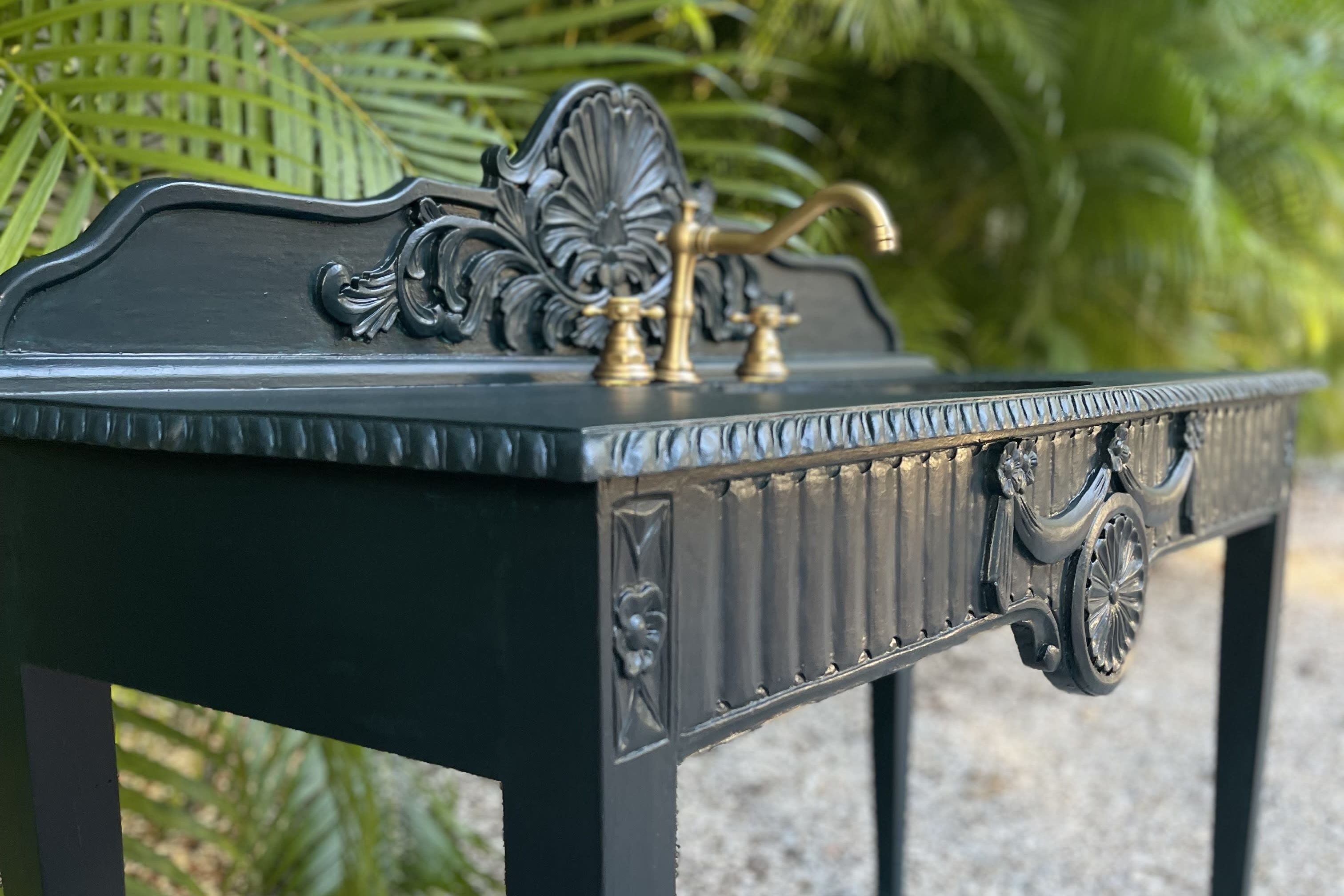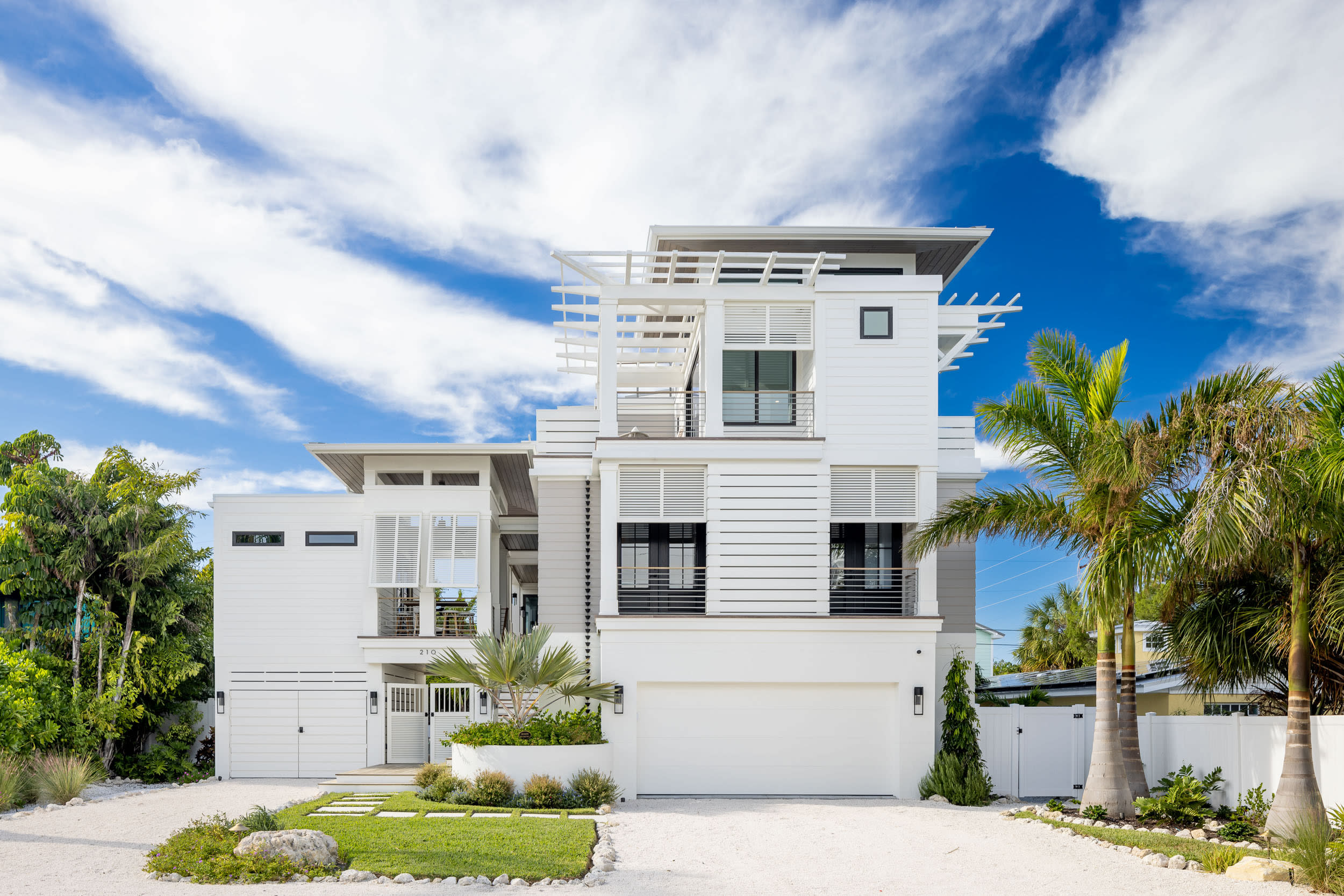Modern Furniture That Stands the Test of Time: Carl Abbott in Conversation
Legendary architect Carl Abbott FAIA, an internationally renowned icon of mid-century modern design, is being celebrated at this year’s SarasotaMOD Weekend, Nov. 6–8. In a recent conversation, he and Michael Bush, owner of Sarasota’s Home Resource contemporary furniture showroom, discussed form versus function, how design can enhance lifestyle, and “strange” chairs that are surprisingly comfortable.
MICHAEL: I’m happy to be here with one of the premier architects in the world. He’s a good client, but more importantly he’s a good friend.
CARL: We’ve worked with you guys on a number of projects over the years. It’s always a pleasure to go into your showroom. You always have something new showing up.
MICHAEL: At Home Resource, we look at furniture in terms of the designer, as well as the story behind their works. But we don’t necessarily think about the architecture side.
Let’s go through the Home Resource showroom and look at the incredible architects represented there: The Barcelona Chair was Mies van der Rohe. We’ve got Corbusier, Carlos Scarpa, Arne Jacobson, Gio Ponte—those are the classics. Then you jump to the contemporary side. The person who’s set the world on fire for the last five years is Spanish architect and designer Patricia Urquiola.
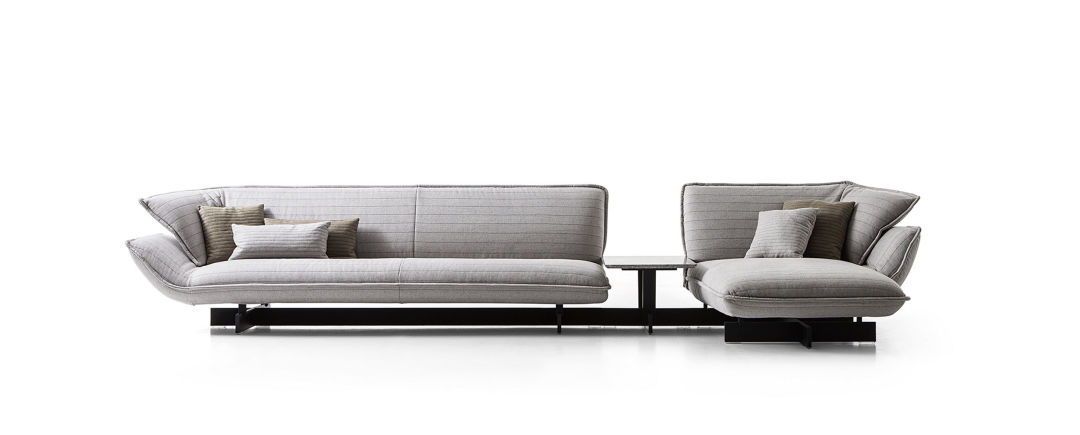
The Cassina 550 Beam sofa system, designed by Patricia Urquiola
Image: Courtesy Home Resource
It makes me wonder: How is it that architects also jump into the world of furniture design? Do they do it because they need the money?
CARL: Maybe. [Laughs.] But also, as an architect, it’s about being able to work with elements within your space.
MICHAEL: The classic example is the Womb Chair: Eero Saarinen was also a very accomplished architect. We look at the Womb Chair, and we think of the relationship between Eero Saarinen and Florence Knoll, what Florence was trying to achieve and what Saarinen had to go through to manufacture it.
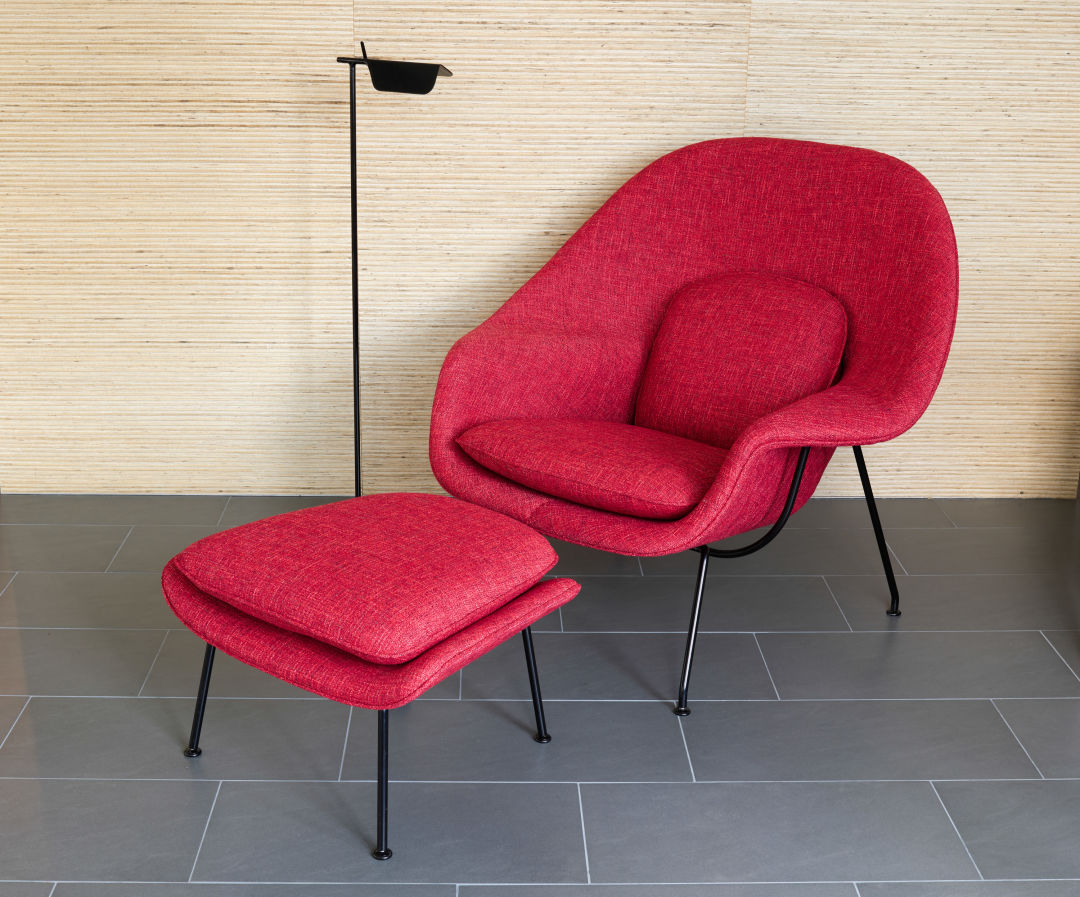
The Saarinen Womb Chair with ottoman
Image: Courtesy Home Resource
CARL: I always saw the Womb Chair as this heavy chair on these delicate legs. And that always seemed a little strange to me. But at the gym I go to, there are two Womb Chairs, and I sat in one one day because I was tired. And I have to tell you, that chair is fantastic. That chair is so comfortable, you really don’t want to get up. And I don’t usually say that about furniture.
There is a logical tie from designing buildings to designing furniture, and it’s back and forth. I like the idea that someone jumps out of his primary field and explores another field that’s related. I love that holistic approach.
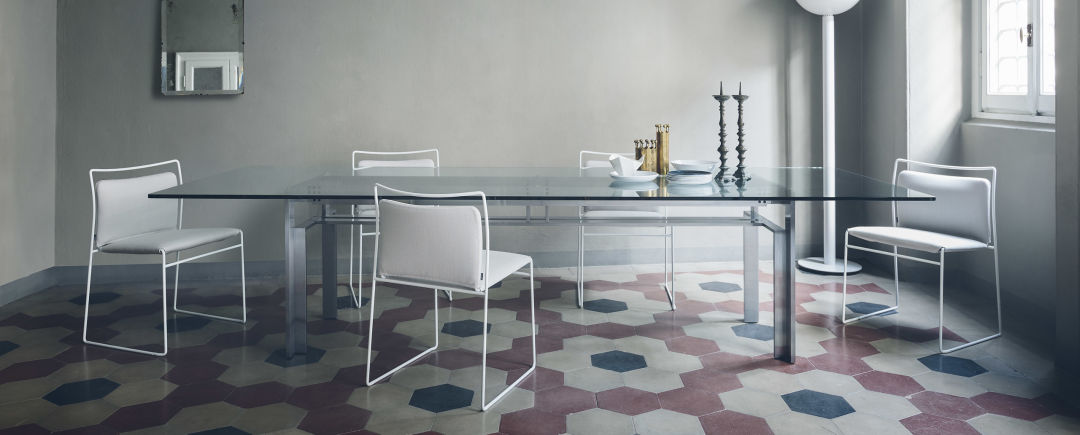
The Doge Dining Table by ESTEL with Tulu Chairs by Cassina
Image: Courtesy Home Resource
MICHAEL: Contemporary furniture used to be about presentation, and it had a terrible stigma that it’s not comfortable—and for the most part it wasn’t. But that’s changed over time. We really focus on furniture that’s going to deliver functionality, comfort, customization, because body types are so completely different. Florence Knoll was only five feet tall. You can’t sit in the Womb Chair like a normal chair. She learned how to sit in it cross-ways.
CARL: You can almost lie down in it. That is one of the most functional pieces of furniture, and the beauty rises from the function.
You also mentioned the Barcelona Chair. The Barcelona Chair was designed by Mies van der Rohe in 1929 for the German Pavilion in Barcelona. It was designed for a specific pavilion. And now they’re considered some of the most important chairs ever designed in the world. There are these amazing stories, but still the pieces themselves have to work for the people—whether in the past or the future.

The Knoll Barcelona Chair
Image: Courtesy Home Resource
MICHAEL: Whether it’s furniture or architecture, design has got to be about solving a functional need. And solving that need requires an approach that develops a complete understanding of the client: their lifestyle, their design aesthetics, their room flow, their sight lines—really a whole host of things. When we work with a client, it's a process, a journey, with the end goal to create a home environment that enhances their personal well-being. And as Carl says, it works for the people.
CONTACT US
741 Central Avenue
Sarasota, FL 34236
Get Directions

Image: Courtesy Home Resource
Mon–Fri: 10:00am–6:00pm
Saturday: 10:00 am–4:00 pm
Sunday: Closed
Phone: 941-366-6690
Fax: 941-366-6640
Email: [email protected]

